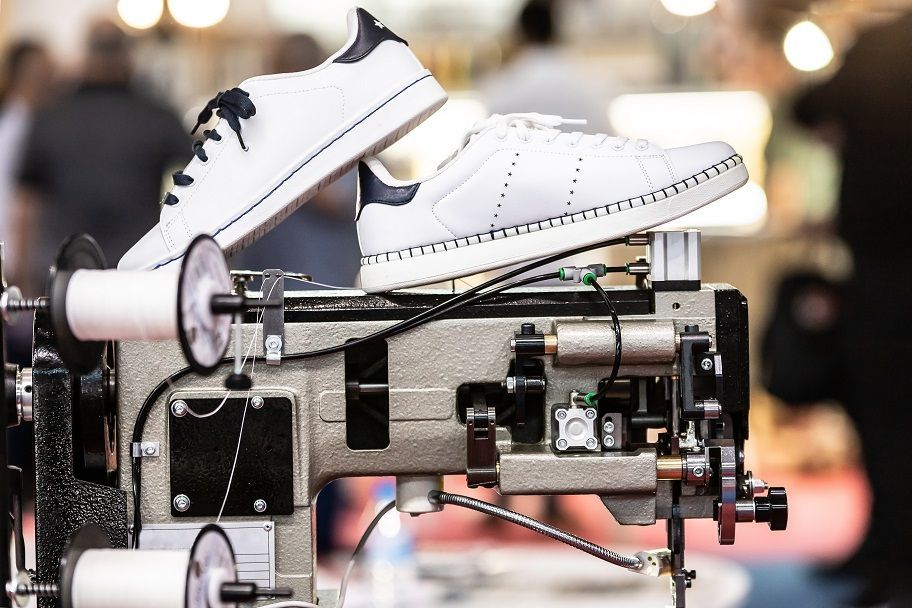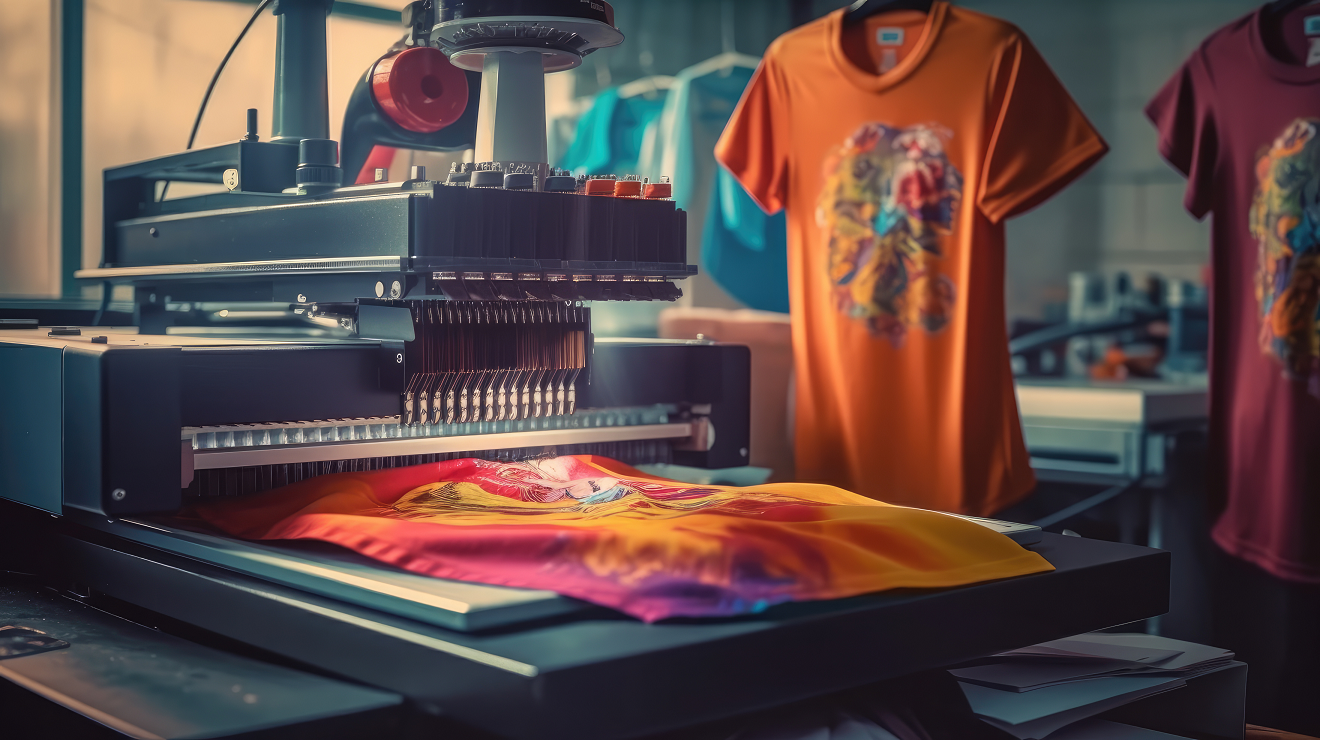Apparel or Footwear ERP? Is there a difference?
In the fast-paced world of footwear manufacturing and distribution, efficiency and precision are paramount for success. For footwear companies on the hunt for a robust ERP (Enterprise Resource Planning) solution, a common question arises: can an ERP system designed for apparel meet the unique requirements of the footwear industry?
The Common Ground
Before we explore the distinctions, let's acknowledge the shared elements and key features between ERP software for apparel and footwear companies:
Inventory Management: Regardless of whether you're dealing with clothing or shoes, both industries demand comprehensive inventory management. This includes tracking various SKUs, sizes, widths, assortments (pre-packs), colors, and styles—an essential for maintaining optimal stock levels and fulfilling customer orders accurately.
Supply Chain Visibility: Visibility into the supply chain is equally critical for both apparel and footwear brands. It's the key to tracking the movement of materials and products, ensuring timely production, and on-time delivery.
Order Processing: The need for efficient order processing is universal. Customers in both sectors expect their orders to be processed promptly, and businesses rely on systems that can seamlessly handle these demands.
Multi-Channel Sales: In today's market, both apparel and footwear companies often sell through multiple sales channels across multiple locations, encompassing physical stores, e-commerce platforms, and third-party marketplaces. Managing sales and inventory across these channels is fundamental.
Possible Distinctions between apparel and footwear enterprise solutions:
Distinctions between a Footwear and an Apparel ERP primarily revolve around the unique requirements and intricacies of each industry. While there are many commonalities, specific features and functionalities must cater to the distinct needs of footwear and apparel businesses. Here are the key distinctions:
Size and Width Management:
- Footwear ERP: Must support precise size and width management, allowing for variations in shoe sizes and widths, tracking inventory levels for each variant, and forecasting demand based on these attributes.
- Apparel ERP: Focuses on garment sizes but may not offer the same level of depth and precision as footwear ERP in managing sizes and widths.
Assortment (Pre-Packs) Handling:
- Footwear ERP: Includes features for efficiently creating, managing, and tracking assortments or pre-packs, which are common in the footwear industry, often comprising specific combinations of styles, sizes, and colors.
- Apparel ERP: May not emphasize assortment handling to the same extent, as pre-packs are less prevalent in the apparel sector.
Style and SKU Management:
- Footwear ERP: Requires robust tools for managing diverse styles, SKUs, and their associated attributes, such as colors, materials, and design variations.
- Apparel ERP: Focuses on managing styles and SKUs but may not have the same level of complexity as footwear ERP in handling diverse attributes.
Inventory Control Complexity:
- Footwear ERP: Offers advanced inventory control due to the complexity of tracking sizes, widths, styles, and materials, providing real-time stock level tracking, reordering capabilities, and alerts for low stock.
- Apparel ERP: Manages inventory effectively but may not require the same level of granularity for tracking variations as footwear solutions.
Demand Forecasting:
- Footwear ERP: Requires sophisticated demand forecasting tools that consider size and width variations, historical sales data, and market trends to predict demand accurately.
- Apparel ERP: Also needs demand forecasting but may not need to account for size and width variations to the same degree.
Supplier Collaboration:
- Footwear ERP: Includes features for seamless communication, order placement, and tracking with suppliers, considering the unique requirements of footwear materials and components.
- Apparel ERP: Focuses on supplier collaboration but may not address the same level of intricacies related to footwear materials.
Compliance and Quality Control:
- Footwear ERP: Incorporates features for stringent quality control and compliance with footwear industry standards and regulations.
- Apparel ERP: Emphasizes quality control and compliance but may differ in terms of industry-specific requirements.
Size, Width, and Style-Specific Reporting:
- Footwear ERP: Provides specialized reporting capabilities that offer insights into size, width, and style-specific metrics.
- Apparel ERP: Offers reporting but may not emphasize the same level of granularity for size, width, and style-based reporting.
While both footwear ERP and apparel ERP share fundamental ERP functionalities like inventory management, order processing, and supply chain management, the distinctions arise from the unique attributes and requirements of each industry. Footwear software are tailored to address the complexities of size, width, and style management, while apparel ERP systems may have a broader focus on garment-related aspects. The choice between the two depends on the specific needs and manufacturing processes and priorities of the business.
The Unified Solution: Why It Matters for Footwear Companies
Considering these similarities, it becomes evident that footwear companies can significantly benefit from a unified management software solution that caters to their specific needs. Here's why:
Enhanced Efficiency: Integrating apparel and footwear management into a single ERP system streamlines processes, reduces duplication of effort, and enhances overall efficiency, a boon for any footwear business.
Cost Savings: Managing two separate ERP solutions can be costly. A unified system offers cost savings by eliminating the need for redundant resources and efforts, allowing footwear companies to allocate their budgets more effectively.
Seamless Data Integration: A combined solution facilitates seamless data integration between apparel and footwear divisions. This leads to more precise forecasting, better decision-making, and improved supply chain management, all vital for footwear companies aiming to streamline operations and thrive.
Scalability: As footwear companies grow or diversify their product lines, such as adding apparel to their offerings, a unified solution simplifies the expansion process. There's no need to implement entirely new systems.
The Critical Elements: What Footwear Companies Should Look For
When contemplating an ERP solution for your footwear company, it's crucial to select a provider that comprehends the unique intricacies of the footwear industry. Look for features tailored to manage sizes, widths, assortments (pre-packs), and other elements specific to footwear manufacturing and distribution.
In conclusion, while there may be nuanced differences in the requirements of footwear and apparel businesses, the core principles of efficient management, inventory control, and customer satisfaction remain consistent. Therefore, choosing a unified software for footwear and apparel can offer substantial advantages, fostering growth and success for footwear companies. Collaborate with a provider who understands your unique needs and can customize their ERP solution to suit your footwear brand's requirements.
Apparel Business Systems: Your Trusted Apparel and Footwear ERP Provider
For footwear companies seeking a reliable ERP solution, look no further than Apparel Business Systems. With a long-standing history as an apparel and footwear ERP and warehouse management provider, we understand the unique needs of both industries. In fact, up to half of our client base consists of footwear manufacturers, distributors, and e-commerce retailers. Our ERP solution is tailored to support your business's growth, streamline operations, and ensure customer satisfaction.
Contact us for a brief introductory chat!











